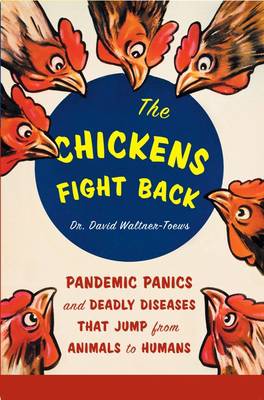
- Afhalen na 1 uur in een winkel met voorraad
- Gratis thuislevering in België vanaf € 30
- Ruim aanbod met 7 miljoen producten
- Afhalen na 1 uur in een winkel met voorraad
- Gratis thuislevering in België vanaf € 30
- Ruim aanbod met 7 miljoen producten
Zoeken
The Chickens Fight Back
Pandemic Panics and Deadly Diseases That Jump from Animals to Humans
David Waltner-Toews
Paperback
€ 16,95
+ 33 punten
Omschrijving
Of pandemic panics, and scurrying beasties, of singing and flight, and things that go bump in the night... Authoritative yet entertaining, The Chickens Fight Back expertly guides us through pandemics, epidemics, and diseases of every feather and presents a thoughtful analysis of how to deal with them.
Specificaties
Betrokkenen
- Auteur(s):
- Uitgeverij:
Inhoud
- Aantal bladzijden:
- 240
Eigenschappen
- Productcode (EAN):
- 9781553652700
- Verschijningsdatum:
- 12/04/2007
- Uitvoering:
- Paperback
- Afmetingen:
- 153 mm x 229 mm
- Gewicht:
- 383 g

Alleen bij Standaard Boekhandel
+ 33 punten op je klantenkaart van Standaard Boekhandel
Beoordelingen
We publiceren alleen reviews die voldoen aan de voorwaarden voor reviews. Bekijk onze voorwaarden voor reviews.








